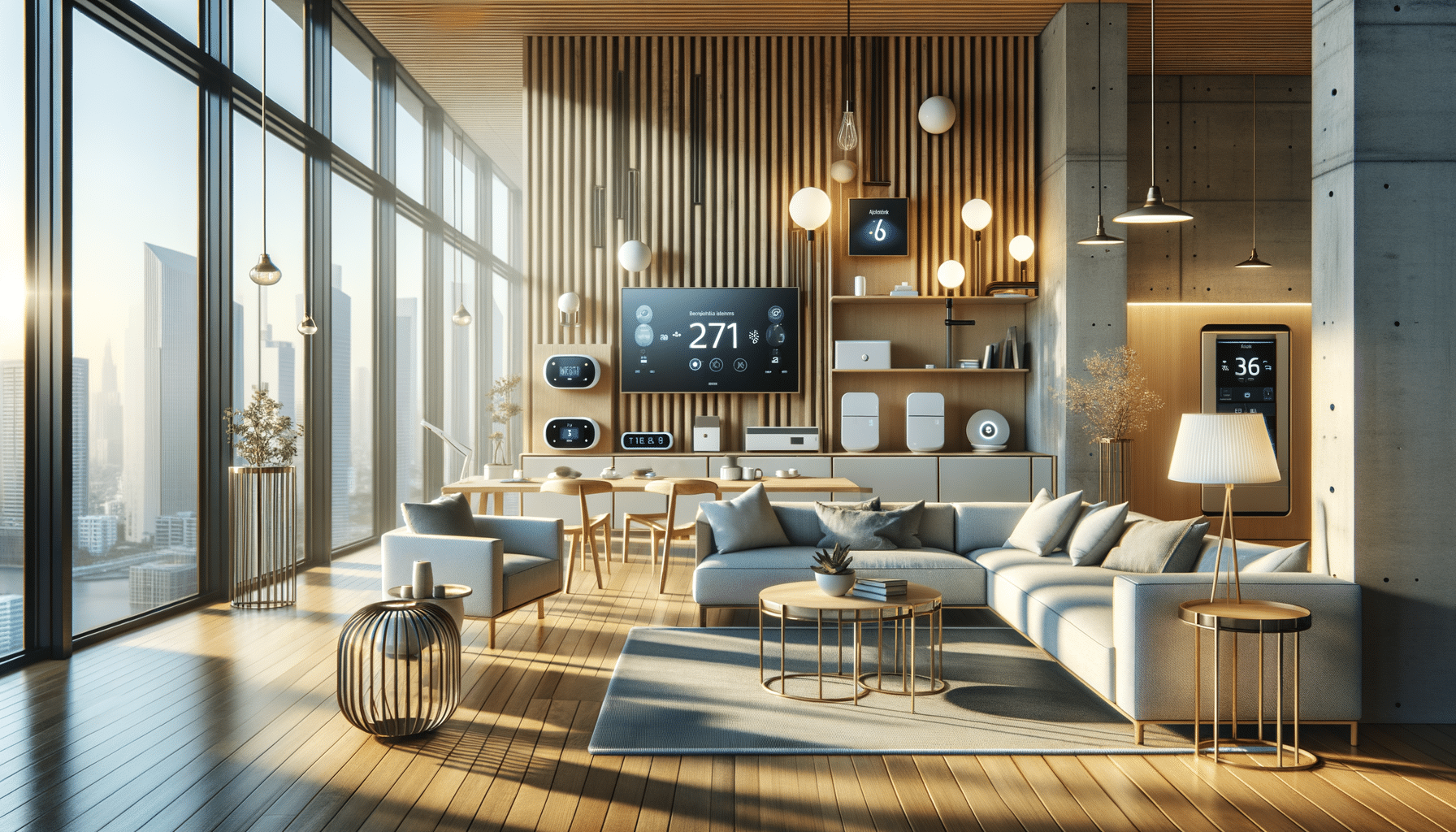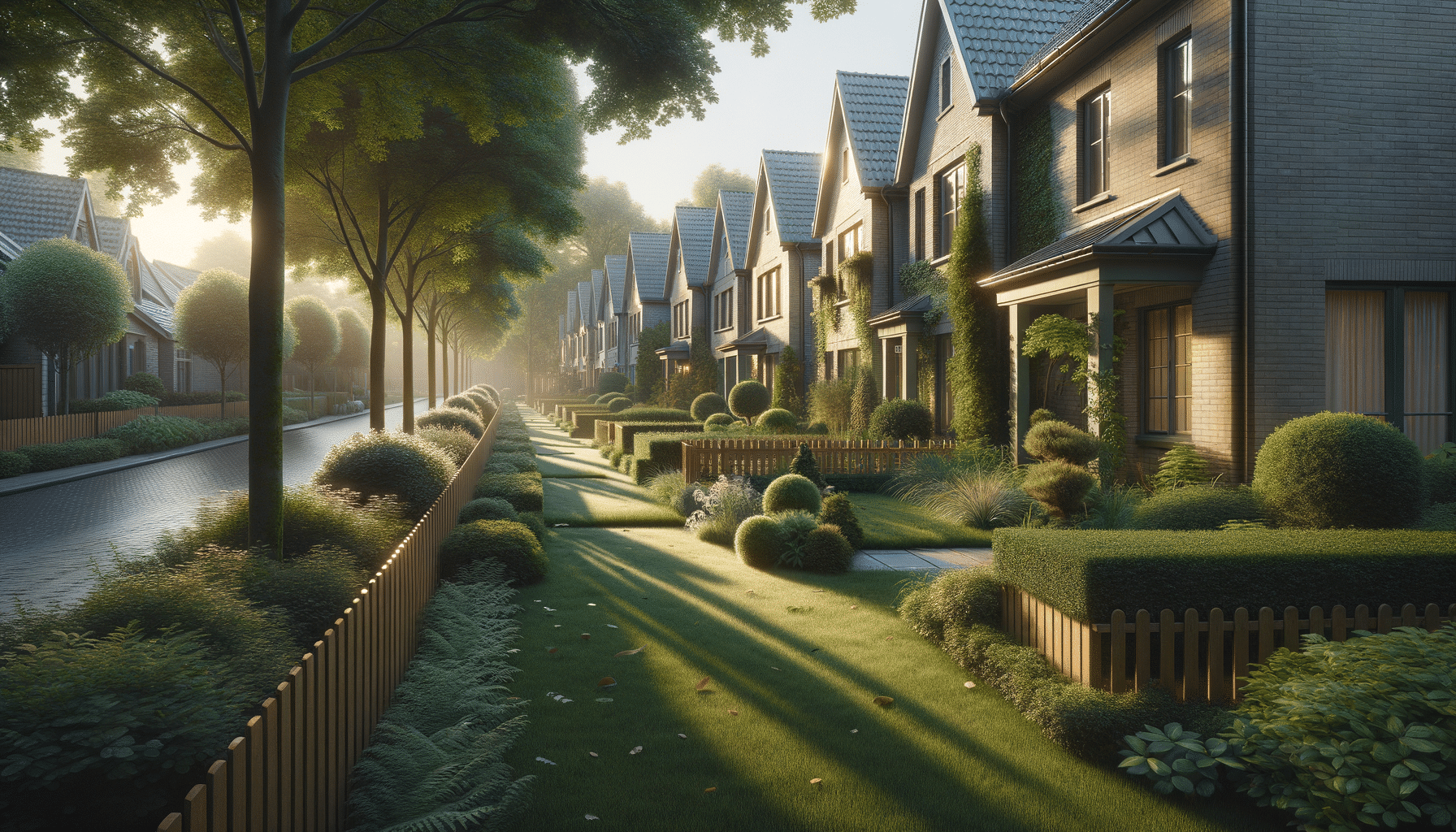
Exploring the Future: Trends in Home Automation
Introduction to Home Automation Trends
As technology continues to advance at a rapid pace, home automation has emerged as a significant trend, transforming the way we interact with our living spaces. From enhancing convenience to improving energy efficiency, home automation offers a myriad of benefits that are increasingly becoming indispensable in modern households. This article explores the current trends in home automation, highlighting the innovations that are shaping the future of smart homes.
The Rise of Smart Home Devices
The proliferation of smart home devices is one of the most noticeable trends in home automation. These devices, ranging from smart thermostats to intelligent lighting systems, offer homeowners unprecedented control over their environment. The integration of voice assistants with these devices further enhances their functionality, allowing users to control their homes with simple voice commands. This trend is driven by the increasing demand for convenience and the desire to streamline daily tasks.
Key features of smart home devices include:
- Remote access via smartphones or tablets
- Integration with other smart devices for seamless operation
- Energy-saving features that contribute to sustainability
As more people embrace these devices, the market for smart home technology is expected to grow exponentially, leading to more innovative solutions and improved interoperability among devices.
Energy Efficiency and Sustainability
With growing awareness of environmental issues, energy efficiency and sustainability have become critical considerations in home automation. Smart home systems now focus on optimizing energy usage and reducing waste, contributing to a more sustainable lifestyle. For instance, smart thermostats can learn a household’s routines and adjust heating and cooling accordingly, minimizing energy consumption.
Moreover, the integration of renewable energy sources, such as solar panels, with home automation systems allows homeowners to monitor and manage their energy production and consumption effectively. This trend not only reduces utility bills but also lessens the environmental impact of residential energy use.
Security and Privacy in Smart Homes
As homes become more connected, security and privacy concerns have come to the forefront. Home automation systems now incorporate advanced security features to protect against unauthorized access and data breaches. Features such as biometric authentication, encrypted data transmission, and real-time monitoring enhance the security of smart homes.
However, the increased connectivity also raises concerns about privacy. Homeowners must be vigilant in securing their networks and devices to prevent unauthorized access to sensitive information. As the industry evolves, manufacturers are prioritizing security and privacy, implementing measures to safeguard user data and ensure peace of mind for consumers.
The Future of Home Automation
Looking ahead, the future of home automation promises even greater innovations and advancements. The integration of artificial intelligence and machine learning into home automation systems will enable more personalized and intuitive user experiences. Homes will become more adaptive, learning from user behavior to anticipate needs and preferences.
Furthermore, the development of interoperable standards will facilitate seamless communication between devices from different manufacturers, enhancing the functionality and convenience of smart home systems. As these technologies continue to mature, home automation will play an increasingly vital role in enhancing the quality of life and redefining modern living spaces.
Conclusion
The trends in home automation reflect a growing shift towards smarter, more efficient, and secure living environments. As technology continues to evolve, the potential for innovation in this field is limitless. Homeowners who embrace these trends stand to benefit from enhanced convenience, improved energy efficiency, and heightened security, making home automation an essential component of contemporary living.


